With their rich history, how did Pender County communities get their names?
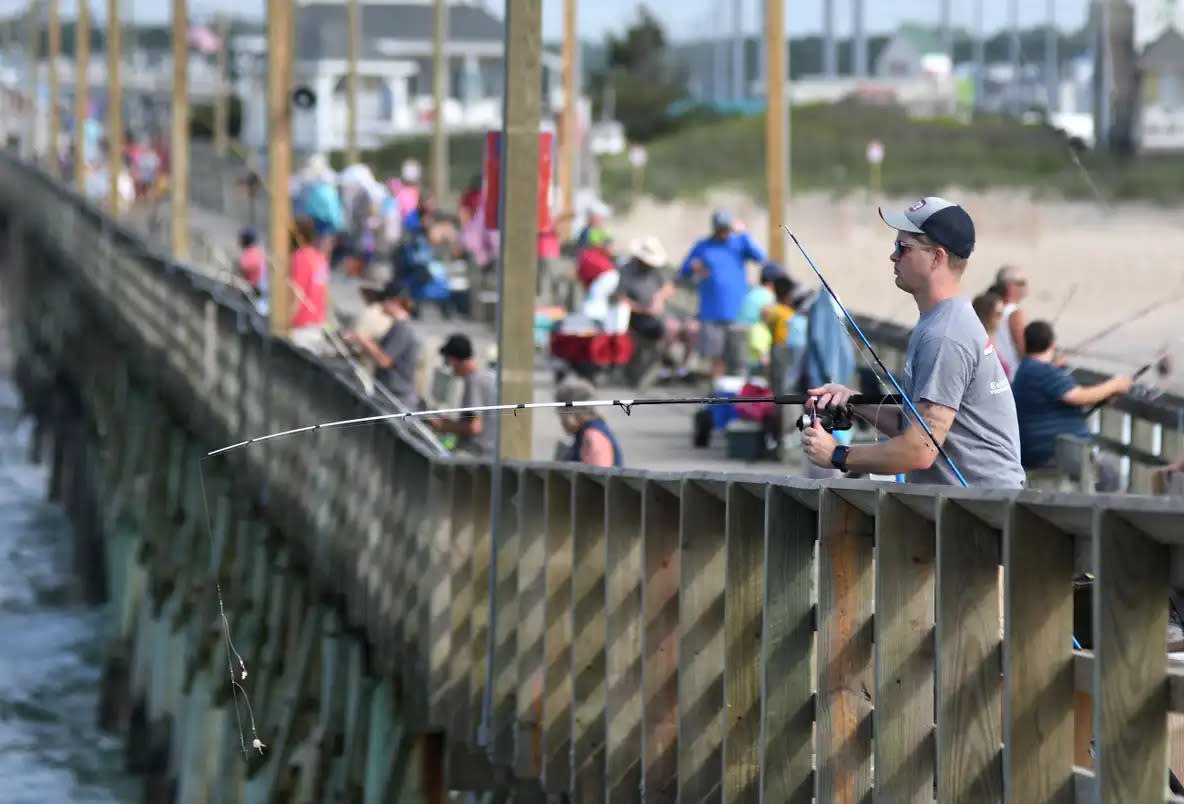
In eastern Pender County, many visitors and newcomers learn that one of Wilmington's fastest growing areas is pronounced "TopSul" and not how its spelled.
It's just part of learning about the places of Pender County. The names of places stretching across the county and the history of behind them are intriguing for historians and visitors alike.
Here are some Pender County communities and how they got their monikers.
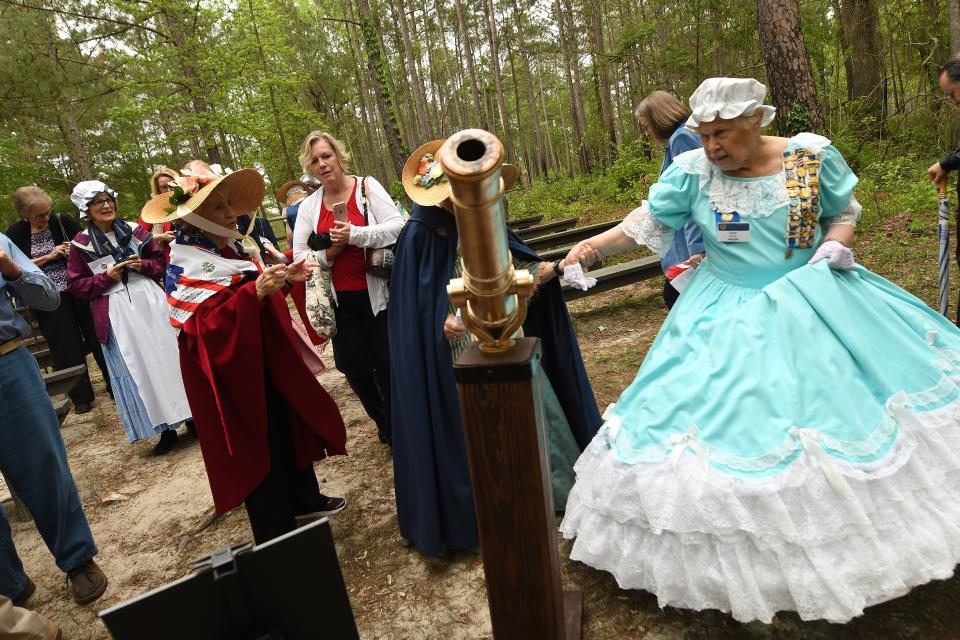
Atkinson and Currie
Located in rural western Pender County, Atkinson was once known as "Lewis" for the settlement's founder, William Hezekiah Lewis. According to historians, he inherited the land from his family in the late 1880s.
The area was part of the Cape Fear Yadkin Valley Railway, which ran from Fayetteville to Wilmington. When the town was officially incorporated in 1909, it renamed after Roger P. Atkinson, the railroad's chief engineer.
But residents didn't forget about Lewis. A monument was dedicated to him in 2008.
Nearby, the community of Currie's name is also tied to the railroad. Settled in 1888, it's named after John H. Currie, director of the Cape Fear & Yadkin Valley Railroad.
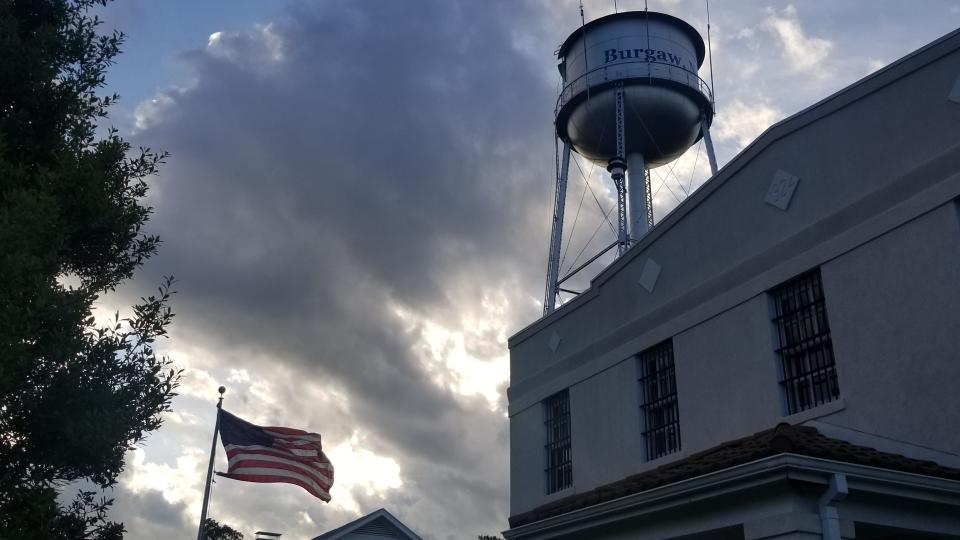
Burgaw
As the county seat of Pender County, Burgaw was named after a Native American tribe, the original inhabitants of the area.
Established as a railroad town with history going back to the 1800s and the Civil War period, the area was once known as Burgaw Depot, and before that, the small trading post was called "Cypress Grove."
Work for the Wilmington and Weldon and Atlantic Coast Line/Seaboard railroads (previously the Wilmington and Raleigh Railroad) started in 1836 with tracks crossing the Burgaw Creek. It served the Confederacy during the Civil War by carrying troops to battles and was part of many historic moments.
The town of Burgaw was incorporated by the North Carolina General Assembly in February of 1879.
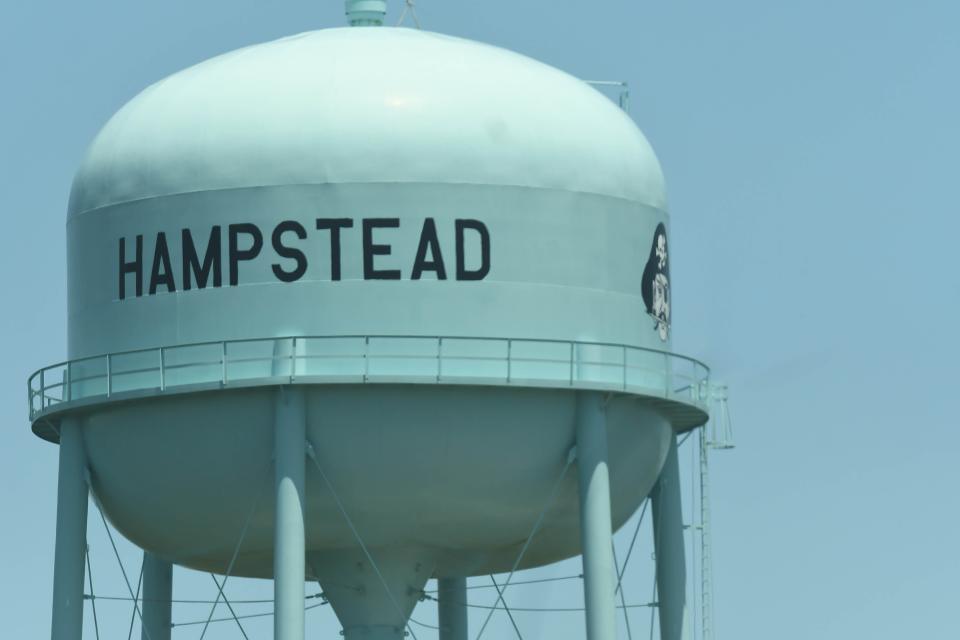
Hampstead
As a community of Pender County Topsail's region, the unincorporated area would likely be its biggest town if incorporated.
Known in its early years as a small fishing village, Hampstead is now one of the state's fastest growing areas.
According to some historians and Pender County tourism officials, President George Washington visited the area in the late 1780s. He planned to eat mullet after while spending the night. But it was not available, so he had to eat ham instead.
Other history buffs believe the area was named after the Hampstead, in England.
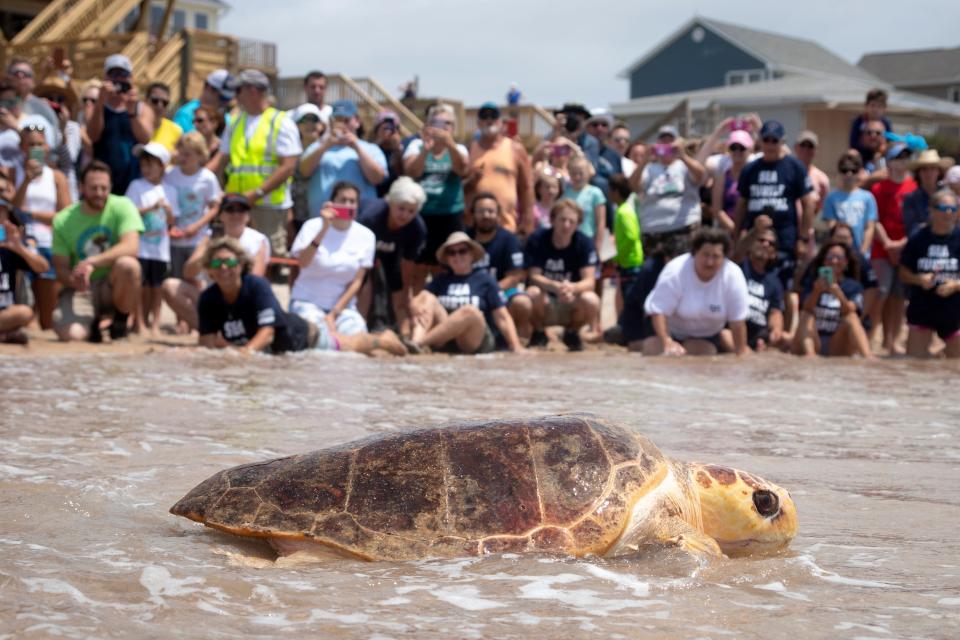
Surf City
Founded in 1949, Surf City has grown from a small fishing village to what tourism officials are calling the heart of Topsail Island for more than 60 years.
According to "Born in Reconstruction: The Story of Pender County, 1524-2010," written by retired Superior Court Judge Gary E. Trawick and former town attorney, the development and incorporation of Surf City came from the work of a property owners of a large track of island land.
The island was once used for training purposes during World War II and was later given to landowners who began converting it to a resort area. Edgar Yow played a major role in the development and suggested the name for Topsail Island.
Later in the 1940s, the heirs of J.H. Batts started a subdivision called "Long Island Beach." In May 1948, the portion was encompassed into "Surf City Subdivision No. 1," according to records. This would become the name for the town.
More Surf City history: 'Surf City, here we come': How did the Pender town get its name? Hint: Not from the song.
Wilmington area names: Wilmington misspelled: 12 Port City names and places you're probably getting wrong
Topsail Beach
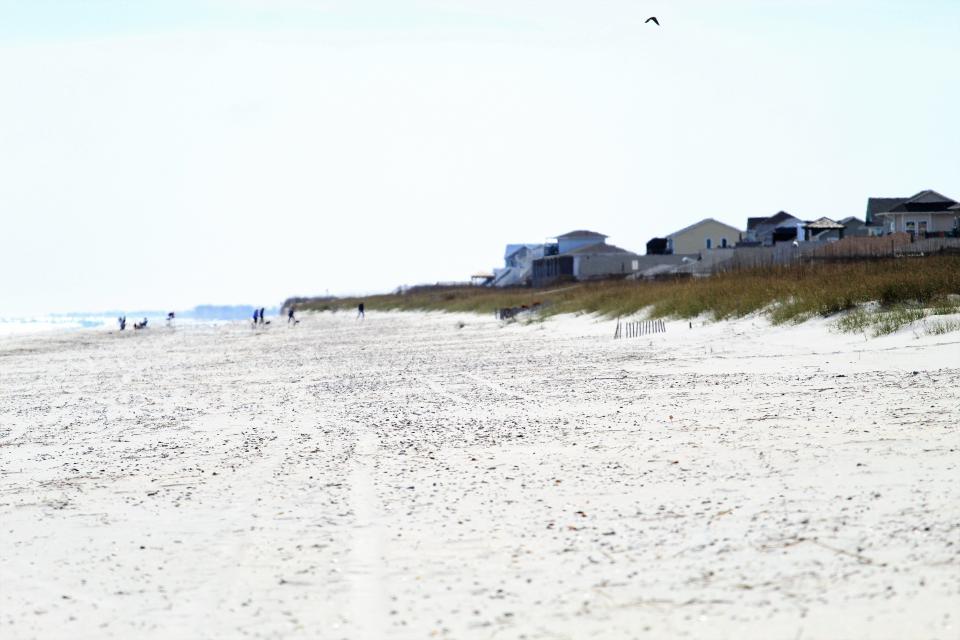
Sitting on the southern end of Topsail Island, Topsail Beach is the smallest of three incorporated towns on the land stretching 26 miles.
According to the town, legend has it that the island and their town was named because of pirate ships hiding behind the island with their topsails visible from the ocean. Historians said treasure hunters looked for Blackbeard's treasure buried in the forest covering the island.
The name also came from the New Topsail Inlet. J.G. Anderson developed the area and named it New Topsail Beach. Like their neighbors, Surf City and North Topsail Beach, the town's history is also tied to WWII and the U.S. military.
Topsail Beach was officially incorporated in 1963.
Rocky Point
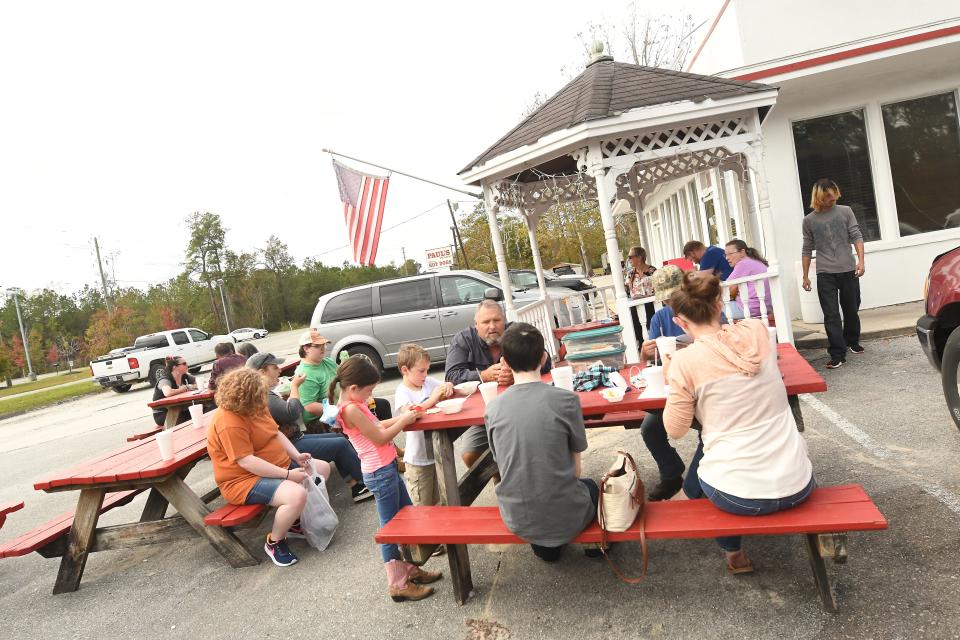
As an unincorporated community in the Wilmington region, Rocky Point is continuing to see growth in its historic piece of Pender County.
According to the tourism official's department, Rocky Point was known for its fertile soil since the Revolutionary War days. Its name is related to the Cape Fear River when the channels were deepened. The rock filling the new inlet beneath Wilmington came from the Rocky Point part of the Northeast Cape Fear River. After it was completed in 1875, it was called "The Rocks."
STAY CONNECTED: Keep up with the area’s latest news by signing up for the StarNews newsletter and following us on Facebook and Instagram.
Reporter Chase Jordan can be reached at cjjordan@gannett.com.
This article originally appeared on Wilmington StarNews: How did communities in Pender County get their historic names?

